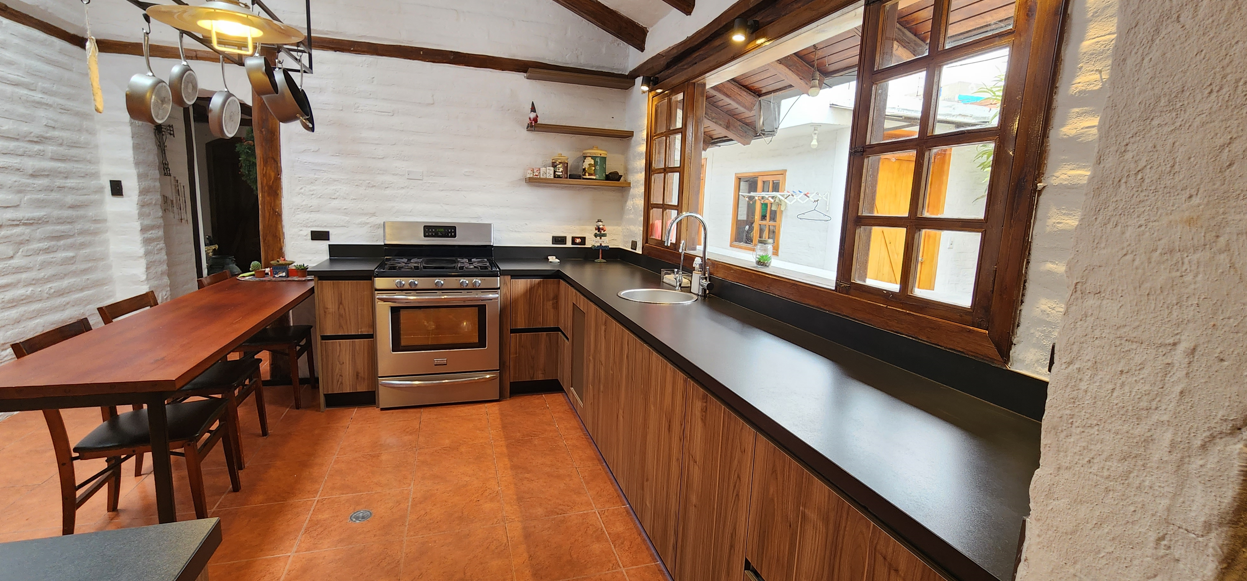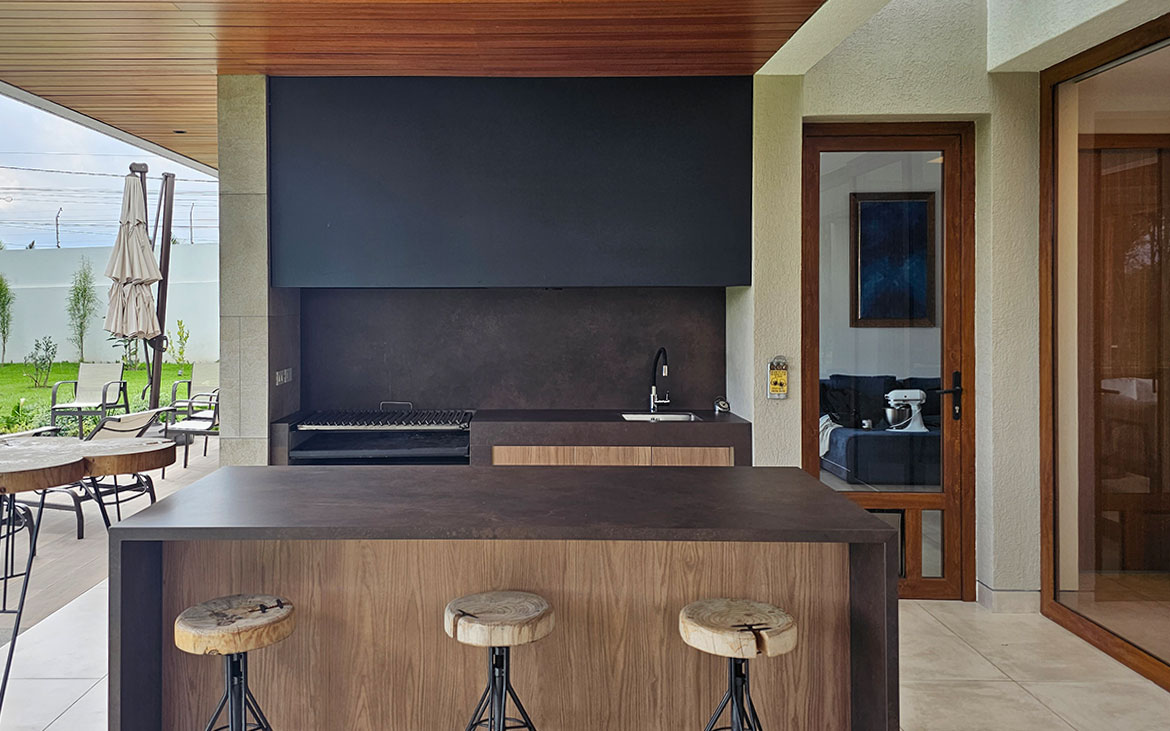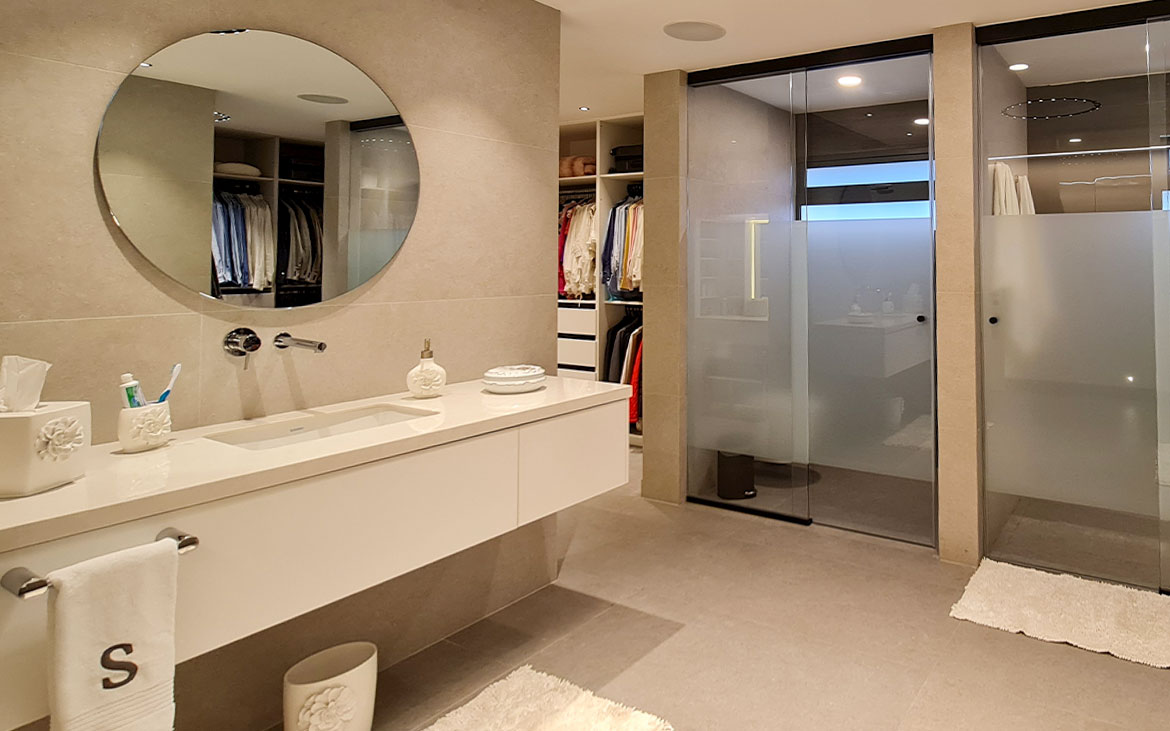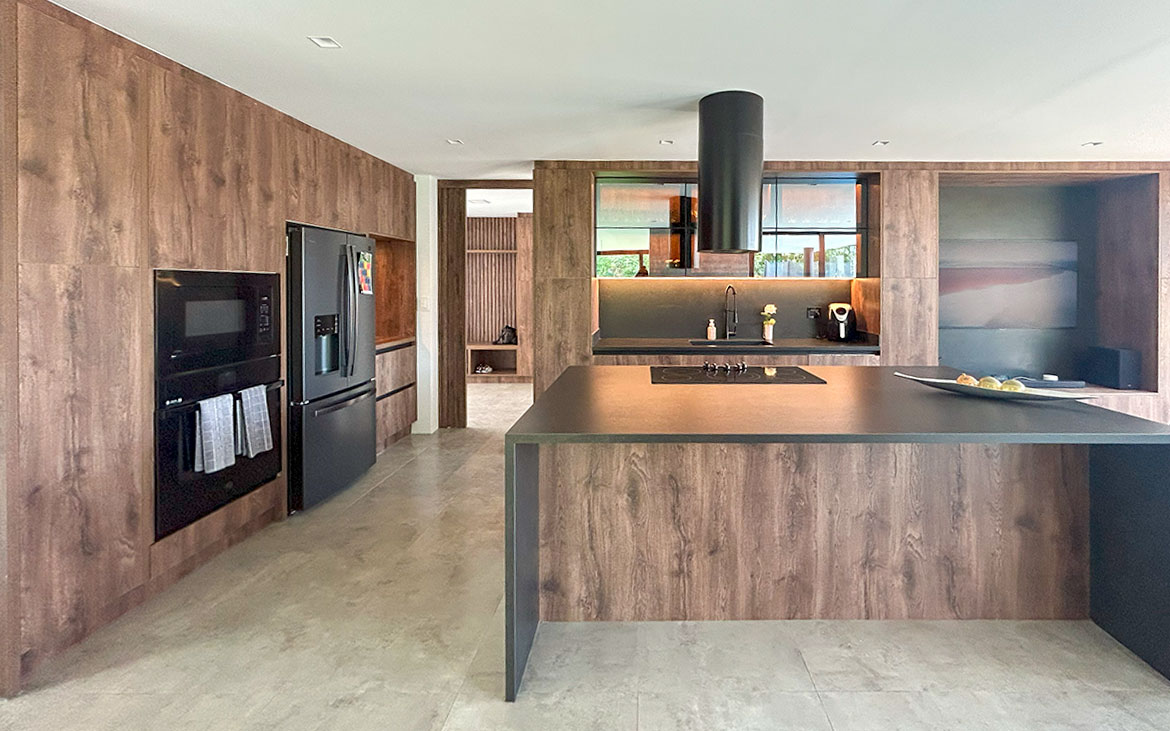Architecture and design are interconnected disciplines that play a critical role in creating functional and aesthetically pleasing spaces.
When it comes to the kitchen, the relationship between architecture and design becomes especially relevant, since this space is one of the most important in the home.
In this blog, we will explore how architecture and design influence the creation of a functional kitchen. From architectural design planning to material selection and interior design, we'll look at how these aspects intertwine to achieve an efficient and practical kitchen.
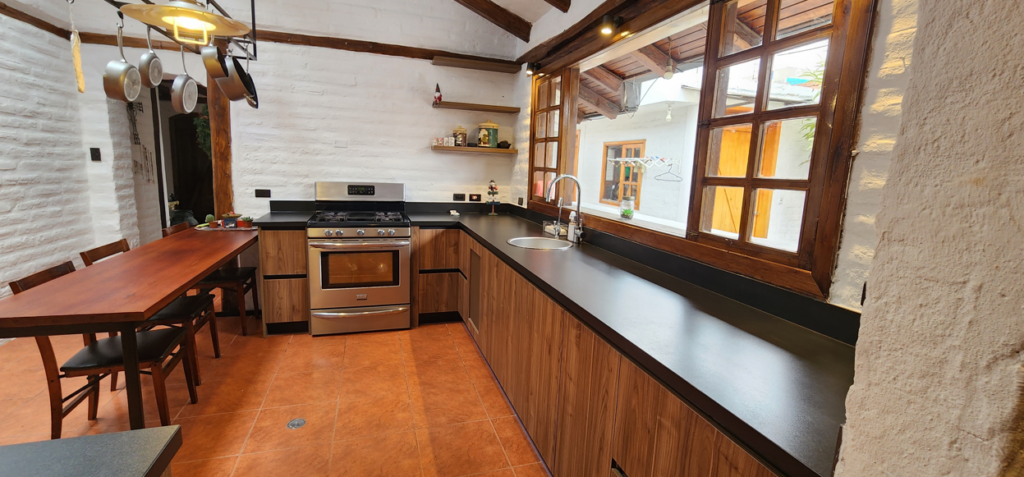
Architectural design planning
Architectural design planning is the critical first step in creating a functional kitchen. This involves determining the spatial layout, the location of windows, doors and utility connections, and the relationship of the kitchen to other areas of the home. Good architectural planning will consider aspects such as workflow, accessibility and natural lighting.
It is essential that the kitchen architecture is designed efficiently, taking into account the logical sequence of culinary tasks such as preparation, cooking and washing.
Additionally, safety standards and structural requirements must be considered to ensure the durability and stability of the space.
Selection of materials and finishes
Choosing the right materials and finishes is a crucial aspect in creating a functional kitchen. The materials used in floors, walls, countertops, and cabinets should not only be aesthetically pleasing, but also durable, easy to clean, and resistant to wear and tear.
For example, granite or quartz countertops are popular due to their heat and scratch resistance, as well as easy maintenance. Ceramic or vinyl floors are common options in kitchens as they are waterproof and easy to clean. Besides, kitchen cabinets They can be made from wood, laminate or lacquered materials, each with its own advantages in terms of durability and aesthetics.
Interior design
Interior design plays an essential role in the functionality of the kitchen. This includes the arrangement of furniture, storage organization and the choice of appliances. It is important to maximize the space available and ensure that the key elements of the kitchen are well located.
The furniture arrangement should allow for an efficient workflow, with clearly defined areas for preparation, cooking and washing. Strategic placement of appliances such as the refrigerator, oven, and dishwasher will make for easy access and convenience during daily use.
Additionally, storage organization is essential for a functional kitchen. Cabinets and drawers should be optimally designed, using internal organization systems such as sliding trays, utensil dividers, and adjustable shelves. This makes it easy to access and find utensils and food, keeping the kitchen tidy and free of clutter.
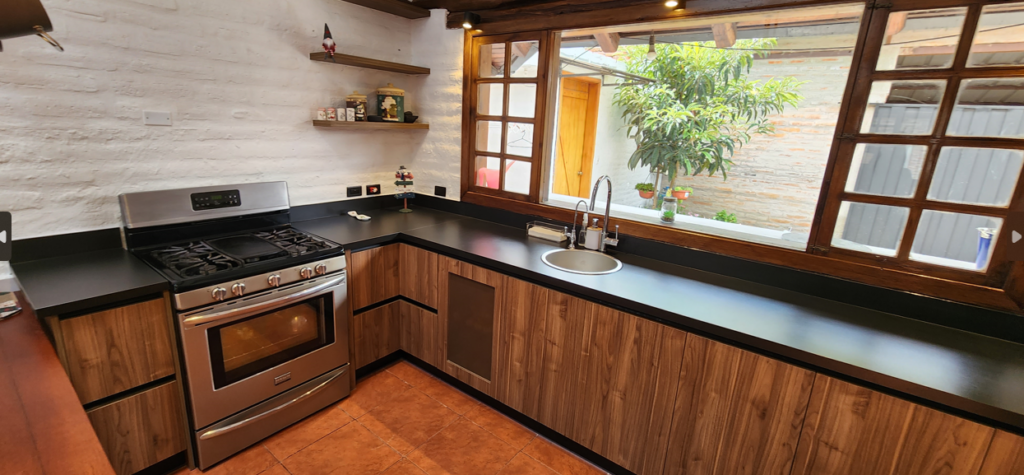
Adequate lighting
Lighting is a crucial element in creating a functional kitchen. Proper lighting not only improves visibility and safety, but can also create a welcoming and inviting atmosphere. It is important to combine different types of lighting to cover all needs.
General lighting should be bright and uniform, ensuring good visibility throughout the kitchen. Recessed ceiling lights can be used to achieve balanced general lighting. Additionally, it is essential to have specific lighting in key areas, such as the worktop, sink and cooking area. Pendant lights over an island or bar can add style and provide focused lighting in these areas.
Efficient storage space
The functionality of a kitchen depends largely on a efficient storage space. Optimizing storage is essential in a kitchen, especially in smaller spaces. Tall, deep closets are ideal for taking advantage of vertical space and storing less used items.
Additionally, consider installing open shelving or cabinets with glass doors to display tableware and decorative items, which adds an aesthetic touch while taking advantage of storage space.
Ergonomics and accessibility
Ergonomics and accessibility are fundamental aspects in the design of a functional kitchen. Kitchen items such as appliances, sinks, and prep areas should be located at an appropriate height and distance to ensure comfort and ease of use.
Placing work areas at a comfortable height prevents unnecessary strain and effort when performing daily tasks. Additionally, consider installing hardware and accessories that facilitate access and use, such as drawers with soft-closing systems and electric opening systems for cabinet doors.
The relationship between architecture and design is essential to create a functional kitchen.
Architectural design planning, selection of appropriate materials and finishes, interior design, adequate lighting, efficient storage space, ergonomics and accessibility are key factors that must be taken into account.
By combining these aspects, you can achieve a kitchen that is not only functional and practical, but also aesthetically pleasing. The right architecture and design allows you to make the most of the available space, facilitating daily tasks and improving the kitchen experience. By considering the relationship between architecture and design, you can create a kitchen that perfectly suits your needs and lifestyle.

